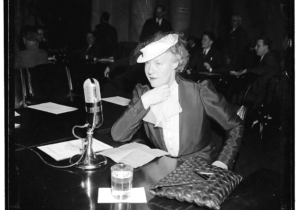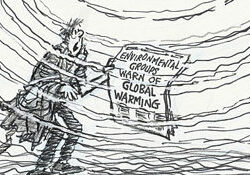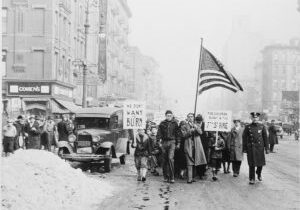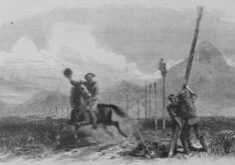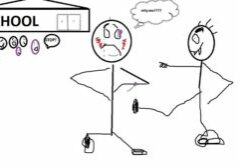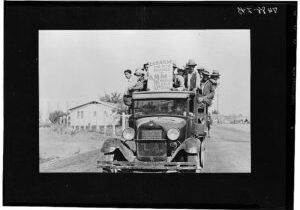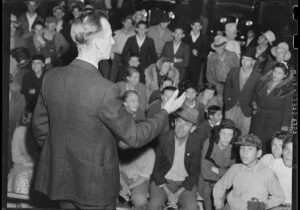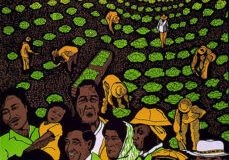Lesson Plans
Carbon Footprints, Climate, and Civic Causes
Students make connections between environmental science and civics as a means to impact the environment and the quality of life using sources from the Library of Congress and science concepts to consider the role as civic environmentalists. Students identify how humans have influenced climate change since the Industrial Revolution and a variety of methods that will give students the power to affect the climate of tomorrow. Students then calculate their own carbon footprint and use the EPA material to create an action plan to impact change.
The Scientific Method, School Shootings, and Civic Action
Students make connections between scientific method of thinking and the rights of the American democracy established by the Constitution regarding civic action. Integrating scientific thinking with civic content, students experience the connection between methods of scientific analysis and civic action. Next, students examine the history of school safety in this country, school related violence and death, and legislative efforts to improve school safety. Students then generate questions, draw conclusions and develop their own plan to use data for civic action.
Electromagnetism, Electric Communication, and Community
Students examine the science of communication and its role in building community in our country. Using the invention of the telegraph and what it meant for the unification of our nation, students look at the scientific elements of communication and the impact on people, then explore electromagnetism and electric communication by doing a hands-on activity to build and use their own telegraph machines out of household materials or by viewing a video on building a telegraph. Finally, students put the role of communication in community building into a broad and applicable context by evaluating the place of digital communication in today’s world.
Data Analysis to Drive Civic Action
Students consider civic action through primary source analysis, then examine and interpret data and use knowledge of civic life, politics, and government to discuss potential civic engagement.
Dolores Huerta: Inspiring Civic Responsibility
Students explore the experiences of Mexican-American farmworkers in the United States and learn about how they – especially through the leadership of Dolores Huerta and the United Farm Workers – worked with others for improvements in pay and working conditions, as well as respect for their civil rights. Students analyze primary sources that document working and living conditions at different times in order to build context and then analyze additional sources that highlight the contributions of Dolores Huerta, including a poem written to celebrate her work. Finally, students write a poem, speech, or letter to the editor about a social movement (past, present, or future) that inspires them to fulfill their civic responsibilities.
Dolores Huerta: Building Coalitions to Affect Change
Students explore the experiences of Mexican-American farmworkers in the United States and learn about how they – especially through the leadership of Dolores Huerta and the United Farm Workers – worked with others for improvements in pay and working conditions, as well as respect for their civil rights. Students analyze primary sources that document working and living conditions at different times in order to build context and then analyze additional sources that highlight the contributions of Dolores Huerta, including a poem written to celebrate her work. Finally, students write their own poem about a time they worked as part of a coalition to help solve a problem.
Dolores Huerta: Collaborating to Affect Change
Students explore the experiences of Mexican-American farmworkers in the United States and learn about how they – especially through the leadership of Dolores Huerta and the United Farm Workers – worked with others for improvements in pay and working conditions, as well as respect for their civil rights. Students analyze primary sources that document working and living conditions for farmworkers in order to build context and then analyze additional sources that highlight the contributions of Dolores Huerta. Finally, students complete a writing assignment to reflect on working with others to help solve a problem.
